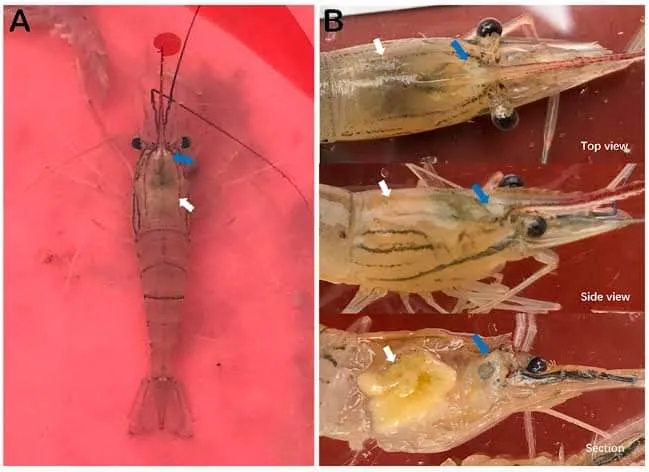Hello everyone

Shrimp virus decapod iridescent virus 1 (Div1) has broken out in the Chinese farms
Indian producers put on alert. Apr 14, 2020.
The virus is extremely virulent and shrimp farmer Wu Jinhong told the South China Morning Post, “The infection rate and lethalness of the virus are terrifying. It only takes two or three days from detecting the first infection for all shrimp in the pond to be killed.”
The virus has been impacting both Pacific whitleg shrimp (Litopenaeus vannamei) and giant river prawns (Macrobrachium rosenbergii), causing their shells to become reddish in colour, then soften and it has been reported to spread rapidly to surrounding ponds. Previous outbreaks of the condition, which was first detected in China in 2014, have eased with the onset of summer, when water temperatures have topped 30°C.
“This virus is horrifying shrimp farmers, like avian flu did to poultry farmers and African swine fever to those raising pigs,” Dai Jinzhi, who found out recently his six hectares of ponds were infected, told the South China Morning Post.
The disease has been around for a few years, but has struck particularly hard this year.
Meanwhile India's Coast Aquaculture Authority (CAA) has distributed an alert to the country's shrimp producers.
To date, DIV1 has been detected in several farmed shrimp species, including vannamei and freshwater shrimp, said the CAA advisory.
All foreign exporters and Indian importers, including hatchery operators, have been advised by CAA to screen SPF broodstock and other live stocks including artemia cysts, used in hatchery feed, for the virus "for the safety of the shrimp aquaculture industry in India."
Figure : Clinical symptoms of M. rosenbergii (20180620) naturally infected with DIV1. (A) Overall appearance of a diseased prawn in water. (B) Close-up of cephalothoraxes. Blue arrows show white area under the cuticle at the base of rostrum. White arrows indicate hepatopancreas atrophy, color fading, and yellowing.
Regards, @boyacun123